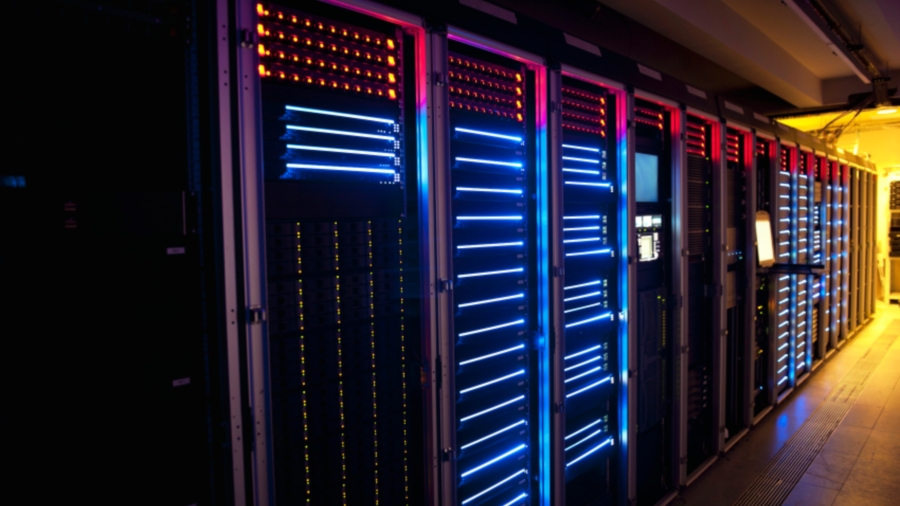Google is clearly not afraid of machines killing us all
TensorFlow is the smartest machine learning system yet

Google is no stranger to AI - in fact, it's a big proponent of it - and its new machine learning system, TensorFlow, is its most intelligent yet.
For starters, TensorFlow is smarter, faster and more flexible than Google's machine learning system of old. It's so much more agile that, according to the G team, it can build and train neural nets up to five times faster than its predecessor.
TensorFlow can also learn more quickly on more types of devices, from a single phone in your pocket to countless computers humming away in a data center. It's already in use in applications like Google Photos search, speech recognition within the Google app and the new Smart Reply feature in the Inbox app.
That's all impressive, but what makes this new AI system particularly intriguing is that Google made it open source. That means the entire machine learning community can share what they're working on with each other, no Mountain View middleman required.
Imagine working TensorFlow code flying from researcher to engineer to hobbyist and back again: smarter machines will be developed more quickly - and learn more quickly - because of the open-source approach.
Google said TensorFlow isn't even limited to machine learning and can be applied to any complex data research, including protein folding or astronomy data.
While machines today are only as capable as a four-year-old, there's little doubt TensorFlow and the community using it will now be able to accelerate machine learning at a startling pace. In making technology more intelligent, it becomes easier and more beneficial for us to use. The flip-side, however, is it raises the possibility of machines becoming so smart, they realize that they might just be better off without humans running the show.
Get daily insight, inspiration and deals in your inbox
Sign up for breaking news, reviews, opinion, top tech deals, and more.
- You haven't seen the last of Google Glass
Michelle was previously a news editor at TechRadar, leading consumer tech news and reviews. Michelle is now a Content Strategist at Facebook. A versatile, highly effective content writer and skilled editor with a keen eye for detail, Michelle is a collaborative problem solver and covered everything from smartwatches and microprocessors to VR and self-driving cars.
